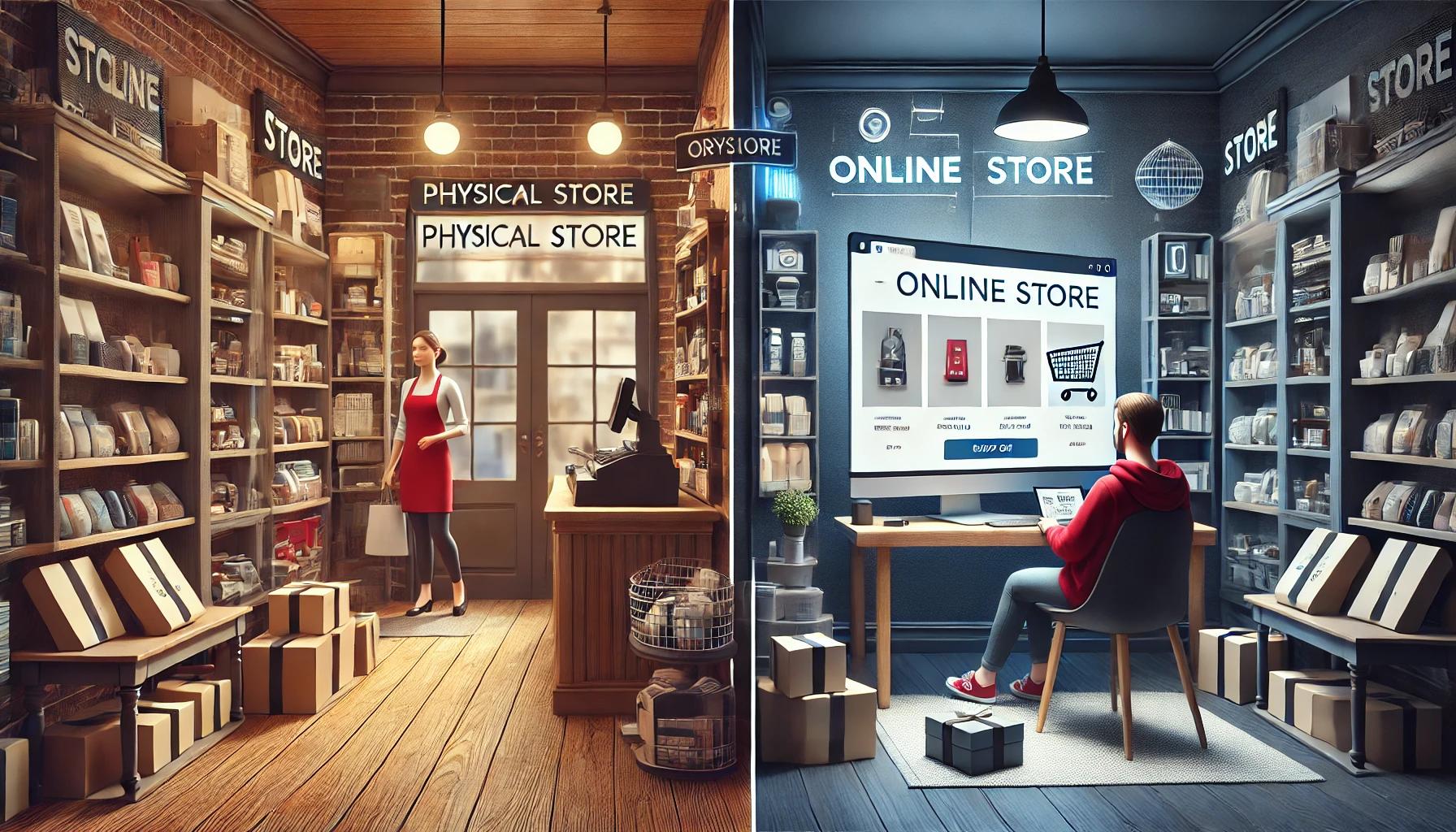What is Omnichannel Strategy? Benefits of Integrating Different Sales Channels
In today's business environment, success often depends on how effectively a company interacts with customers across various sales channels. Implementing an omnichannel strategy has become a key tool for creating a seamless and continuous customer experience. In this article, we will explore what an omnichannel strategy is, its benefits, and why it is becoming an essential element for successful companies.
What is Omnichannel Strategy?
An omnichannel strategy involves integrating all available sales and communication channels to create a unified and cohesive customer experience. This can include: - Physical stores, - Online stores, - Mobile apps, - Social media, - Marketplaces, - Email campaigns, - Messaging platforms, and other channels.
The main goal of an omnichannel strategy is to ensure a seamless transition between these channels. For example, a customer may start searching for a product on a website, continue interacting with customer support through a messaging app, and then complete the purchase in a physical store.
Difference from Multichannel Strategy
While a multichannel strategy also involves using several channels to interact with customers, each channel operates independently. In an omnichannel model, all channels are integrated, and information is synchronized. This allows customers to engage with a brand at any time through their preferred channel without losing data or repeating actions.
Benefits of Omnichannel Strategy
Unified Customer Experience
One of the key advantages of an omnichannel strategy is creating a consistent experience for customers. Regardless of which channel a customer uses to interact with the brand, they receive the same information and services. This enhances loyalty and trust in the company.Increased Sales
According to a Harvard Business Review study, customers who interact with a brand through multiple channels spend, on average, 10% more than those who use only one channel . Integrating online and offline channels provides more opportunities for customers to make a purchase, increasing the likelihood of closing a sale.Increased Customer Loyalty
Companies that implement omnichannel strategies experience higher customer retention. When customers find it convenient to interact with a brand across different platforms, they are more likely to return for repeat purchases. A study by Aberdeen Group showed that companies with strong omnichannel strategies retain 89% more customers .Improved Analytics and Personalization
An omnichannel strategy allows businesses to gather data on customer preferences and behavior from various platforms. This data helps better understand which channels are most effective and allows personalized offers for each customer. In turn, this increases conversion rates and profits.Optimized Marketing Efforts
Using an omnichannel strategy allows for better synchronization of marketing campaigns. For example, social media ads can direct customers to a website or app, where they can complete a purchase. This approach increases the effectiveness of marketing investments and improves engagement with the target audience.Flexibility for Customers
With an omnichannel strategy, customers can choose where and how they want to interact with a brand. They may start a purchase online and complete it in-store, or vice versa. Flexibility in channel choice creates convenience and motivates customers to return.
Best Practices for Implementing Omnichannel Strategy
Channel Integration
The key step is fully integrating all channels into a unified system. Data from the online store should be available to offline store staff, and purchase history should be synchronized across all systems.Unified Customer Database
To ensure smooth omnichannel operations, businesses need to create a single customer database that is accessible to all channels. This allows tracking interaction history and offering personalized deals.Process Automation
Automating marketing, logistics, and other processes significantly simplifies the implementation of an omnichannel strategy. CRM systems and Customer Experience Management (CXM) platforms play a crucial role in automation and data analysis.Staff Training
It's important to train employees to work in an omnichannel environment. Staff should understand how all channels work and how they interact with each other.
Conclusion
An omnichannel strategy is not just a trend but a necessary model for modern businesses aiming to improve their competitiveness. It helps create a holistic customer experience, increase sales, and enhance customer loyalty. Implementing omnichannel solutions requires significant investment in technology and training, but the long-term benefits make this step worthwhile.
References:
Harvard Business Review. The Value of Keeping the Right Customers.
https://hbr.org/2014/10/the-value-of-keeping-the-right-customersAberdeen Group. Omni-Channel Customer Experience Study.
https://www.aberdeen.com/techpro-essentials/omni-channel-customer-experience/

